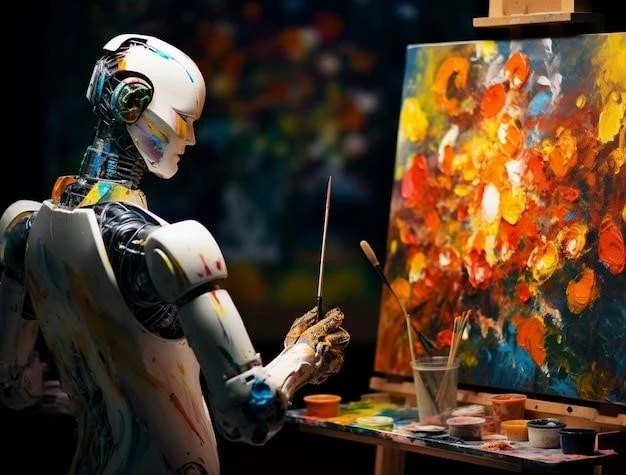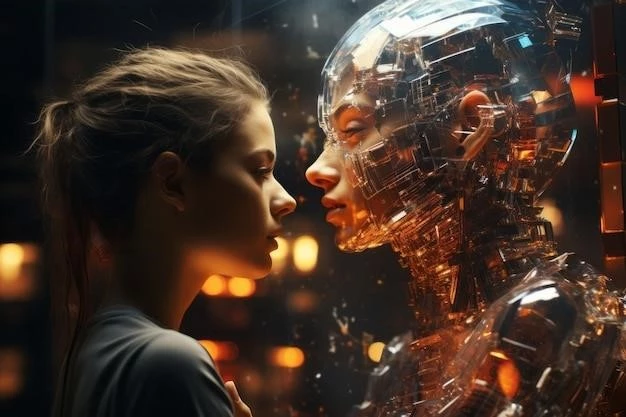AI and the Arts: Ethical Considerations for Creativity and Authorship
The rise of artificial intelligence (AI) has sparked a fascinating and complex debate within the arts. While AI tools are becoming increasingly sophisticated, capable of generating art, music, and literature that rivals human creativity, they also raise profound ethical questions about authorship, originality, and the very nature of artistic expression.

My Experience: The AI-Generated Portrait
I recently decided to experiment with an AI art generator. I uploaded a photo of myself and let the algorithm work its magic. The results were truly impressive. The AI created a series of striking portraits that captured my features in a way I’d never imagined. It was a powerful experience, but it also left me pondering a crucial question: who was the true creator of these works? Was it the AI, or was it me, who provided the initial input and shaped the final outcome?
Ethical Dilemmas: Ownership and Originality
The question of authorship is at the heart of the ethical debate surrounding AI and art. While AI tools can generate remarkable works, they are ultimately products of algorithms and data sets. They lack the human experience, the emotional depth, and the unique perspective that inform true artistic creation. Therefore, attributing authorship solely to AI raises concerns about originality and the devaluation of human creativity.
Moreover, the ownership of AI-generated art is a complex legal issue. Who owns the rights to a work created by an algorithm? Is it the developer who created the AI, the person who provided the input, or the AI itself? These questions are far from settled, and they have significant implications for artists, creators, and the legal landscape surrounding intellectual property.
The Future of Creativity: Collaboration and Co-Creation
Rather than viewing AI as a threat to human creativity, I believe it has the potential to be a powerful collaborator and co-creator. AI can help artists explore new ideas, experiment with different techniques, and push the boundaries of their craft. It can act as a tool for inspiration, a catalyst for innovation, and a partner in artistic exploration.
Navigating the Ethical Landscape: Transparency and Responsibility
As AI continues to evolve, it’s crucial to navigate the ethical landscape responsibly. We need to prioritize transparency in the development and use of AI art tools. Artists should be clear about their use of AI and the role it plays in their work. We must also cultivate a culture of ethical AI development, ensuring that algorithms are designed to promote creativity, inclusivity, and the preservation of human values.

My Reflections: A Call for Dialogue
The intersection of AI and the arts presents a fascinating and complex challenge. It’s a challenge that demands open dialogue, critical reflection, and a commitment to ethical principles. By working together, artists, developers, and the broader community can ensure that AI becomes a force for good in the arts, enriching our creative landscape and fostering a new era of collaboration and innovation.










